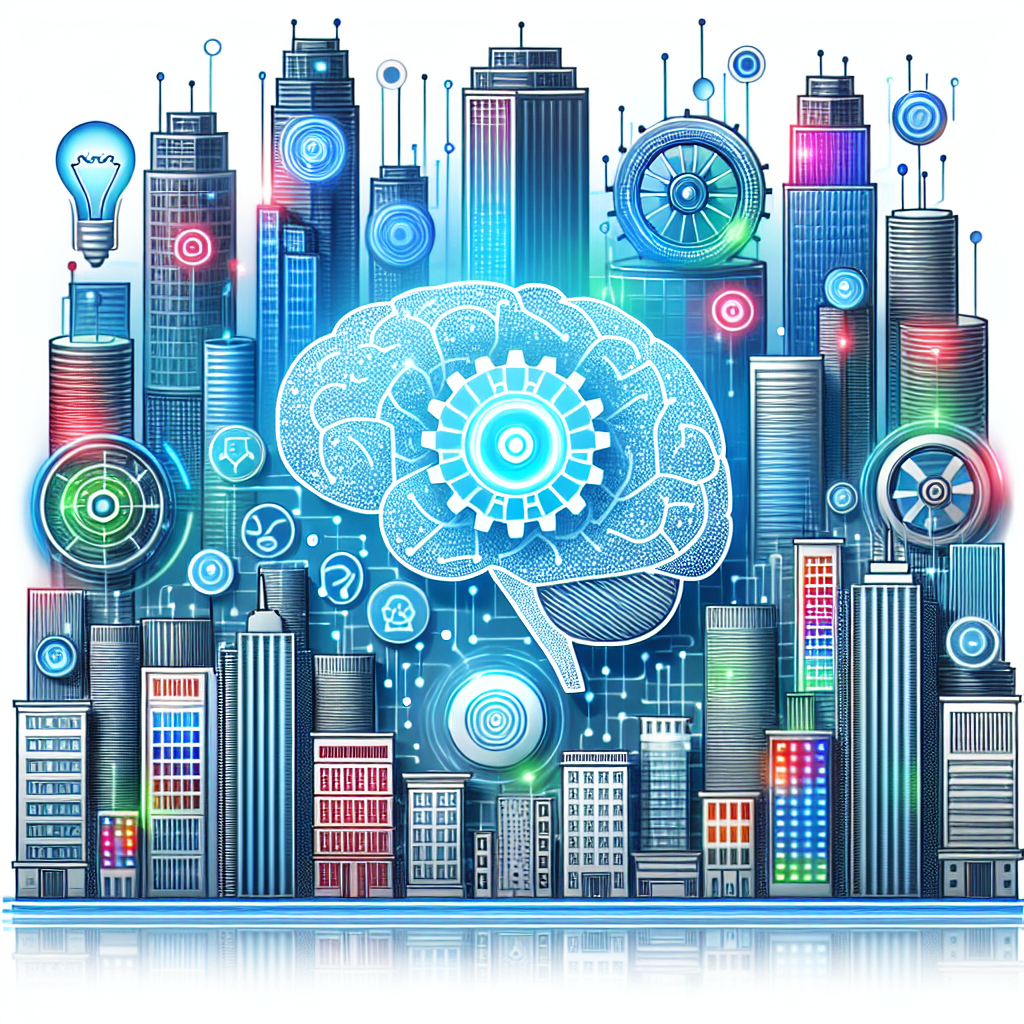In recent years, artificial intelligence (AI) platforms have revolutionized the field of predictive modeling. These platforms utilize advanced algorithms and machine learning techniques to analyze vast amounts of data and make accurate predictions. The impact of AI platforms on predictive modeling is profound, as they have the potential to significantly improve the accuracy and efficiency of predictive modeling processes.
One of the key benefits of using AI platforms for predictive modeling is their ability to handle large and complex datasets. Traditional predictive modeling techniques often struggle to process and analyze large amounts of data in a timely manner. AI platforms, on the other hand, are capable of processing massive datasets quickly and efficiently, allowing for more accurate predictions to be made.
Another advantage of AI platforms is their ability to learn from data and continuously improve their predictive capabilities. These platforms use machine learning algorithms to analyze data and identify patterns and trends that may not be immediately apparent to human analysts. By continuously learning from new data, AI platforms can adapt and improve their predictive models over time, leading to more accurate and reliable predictions.
AI platforms also have the potential to automate many aspects of the predictive modeling process. This can help to streamline workflows and reduce the time and resources required to develop predictive models. By automating tasks such as data preprocessing, feature selection, model training, and evaluation, AI platforms can help organizations to more efficiently develop and deploy predictive models.
Furthermore, AI platforms can help to democratize predictive modeling by making it more accessible to a wider range of users. Traditional predictive modeling techniques often require specialized knowledge and expertise in statistics and data science. AI platforms, on the other hand, can be designed to be user-friendly and intuitive, allowing users with varying levels of technical expertise to easily build and deploy predictive models.
Overall, the impact of AI platforms on predictive modeling is significant. These platforms have the potential to improve the accuracy and efficiency of predictive modeling processes, automate tasks, continuously learn from data, and democratize predictive modeling. As organizations increasingly rely on data-driven insights to make informed decisions, AI platforms are becoming an essential tool for developing predictive models that can help to drive business success.
FAQs:
1. What are AI platforms?
AI platforms are software tools that utilize artificial intelligence algorithms and machine learning techniques to analyze data and make predictions. These platforms are designed to automate and streamline the process of developing predictive models.
2. How do AI platforms improve predictive modeling?
AI platforms improve predictive modeling by handling large and complex datasets, continuously learning from data, automating tasks, and democratizing predictive modeling. These platforms can help organizations to develop more accurate and reliable predictive models in a more efficient manner.
3. Can AI platforms be used by non-experts?
Yes, AI platforms can be designed to be user-friendly and intuitive, allowing users with varying levels of technical expertise to easily build and deploy predictive models. This helps to democratize predictive modeling and make it more accessible to a wider range of users.
4. What are some popular AI platforms for predictive modeling?
Some popular AI platforms for predictive modeling include TensorFlow, PyTorch, scikit-learn, and Microsoft Azure Machine Learning. These platforms offer a wide range of tools and capabilities for developing and deploying predictive models.
5. How can organizations benefit from using AI platforms for predictive modeling?
Organizations can benefit from using AI platforms for predictive modeling by improving the accuracy and efficiency of their predictive models, automating tasks to streamline workflows, continuously learning from data to improve predictions, and democratizing predictive modeling to make it more accessible to a wider range of users.

